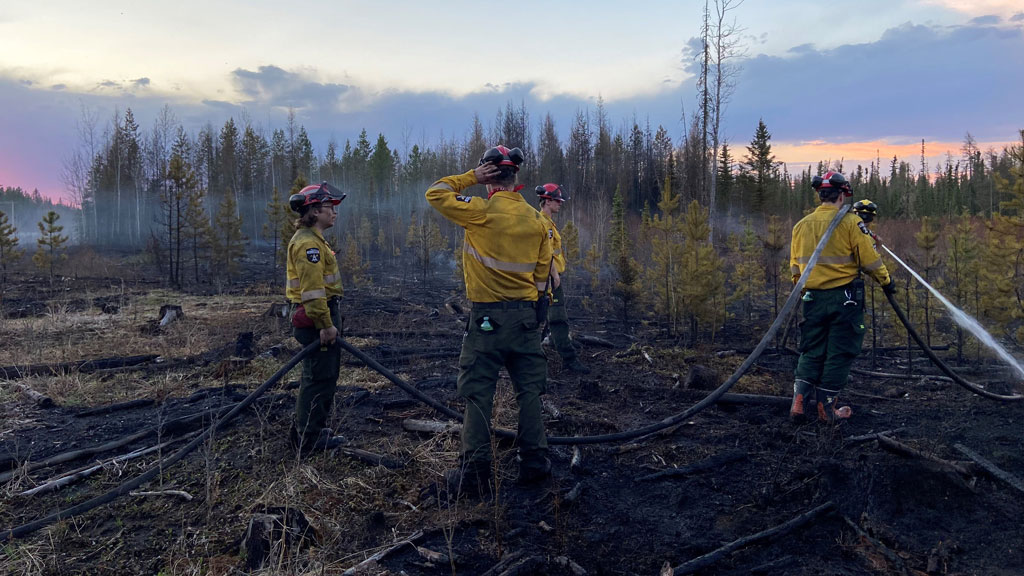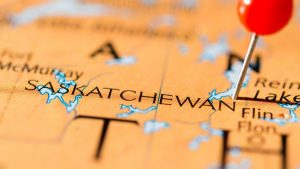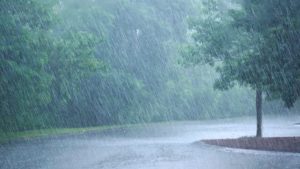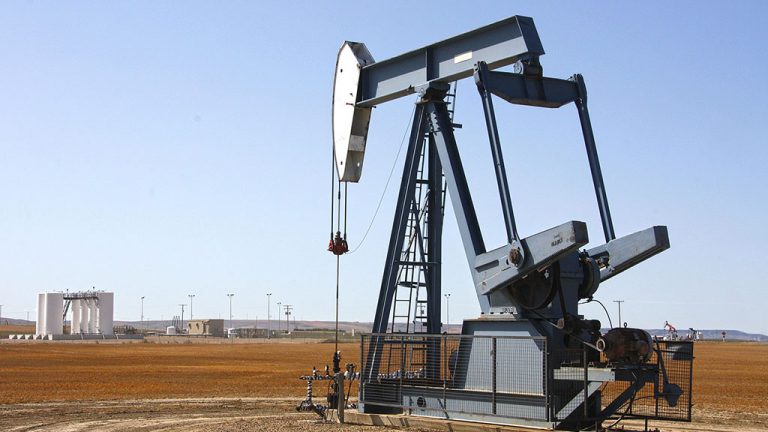Canadian forests have been in the news in the U.S. and Europe this year, but not for their beauty.
Beginning in March, Canada has been hit with a record-setting series of wildfires.
All provinces and territories have been affected, with large fires in Alberta, British Columbia, Nova Scotia, Ontario and Quebec.
By the end of July, almost 5,000 fires had burned more than 30 million acres. That’s about three per cent of the entire forest area of the country and four times the yearly wildfire average.
And it’s not just trees and vegetation that are being ravaged. There have been four recent deaths related to wildfires, including a 19-year-old firefighter in B.C.
Municipal and provincial governments have been busy trying to keep the flames as far away from people and property as possible.
In late May, contractors working for the County and the City of Grande Prairie, Alta. completed the first line of the Southeast Grande Prairie Firebreak.
A firebreak/fireguard is a gap in the forest that slows or stops a wildfire. A firebreak may occur naturally or it can be created by firefighters.
The Grande Prairie firebreak is a serious piece of municipal infrastructure.
The line is 30 kilometres long and 30 to 40 metres wide.
At some spots it is 100 metres across and in other locations work is being done to widen the line to up to 200 metres.
The fireguard project is being funded by the Province of Alberta and the City and County of Grande Prairie, and comes on the heels of a wildfire that burned approximately 1,400 hectares earlier in the year and forced about 1,900 county residents from their homes.
Grande Prairie is located in the Peace River Country, approximately 450 kilometres northwest of Edmonton.
Parts of neighbouring B.C. have been in flames too.
At the end of July, there were 391 wildfires, just over half of which are out of control.
BC Wildfire Service spokeswoman Rikki MacCuish says most of this year’s wildfires have been concentrated in north-central B.C.
“This year has been exception because of hot, dry, windy weather, which is perfect fire weather,” said MacCuish.
Most wildfires – about 60 per cent – are caused by lightning, she says. The remaining 40 per cent are caused by human behaviour of some kind.
“Wildfires are managed by removing heat, fuel or oxygen, depending on the size and intensity of the blaze,” said MacCuish. “Fireguards are like big roads that remove fuel from the fires. So far B.C. has built 600 kilometres of fireguards and hand guards (narrower versions of fireguards).”
Alex Burkinshaw, president of Prince George, B.C.-based ADB Enterprises, which does wildfire training and plan development, says fireguards can be “incredibly effective” for fighting wildfires, although fire guards alone will not stop a raging inferno.
Burkinshaw says there are three ways fireguards can control wildfires.
“In a direct attack, a fireguard is built right on the fire’s edge,” he said. “This is often done as one of the first steps and typically it is done by hand if the fire is small. But, if there is equipment nearby, building a fireguard by machine is much faster than by hand.”
A parallel attack, on the other hand, might be called for if a fire is more vigorous and firefighters can’t get right next to it. In that case, a fireguard is built some distance away.
“Typically, a fireguard is built and then crews burn off fuel between the fire and the guard, to strengthen the width of the control line,” said Burkinshaw.
Finally, an indirect attack involves building a fireguard several kilometres away from the fire itself.
“In this case, we try to use back-fires to consume the oxygen and fuel that could feed the wildfire,” said Burkinshaw.
A fireguard needs to start from an anchor point, a point from which a fire cannot easily escape.
“This might be a road, a lake or something that doesn’t burn,” said Burkinshaw. “If you just started a fireguard in the middle of nowhere, the fire might just burn around it.”
There are several steps to building a fireguard.
First, clear trees and brush with forestry harvesting equipment or a dozer.
Next, use a machine to cut down low-lying vegetation.
Finally, using a special hand tool called a Pulaski that combines an axe and an adze in one head, dig by hand down to mineral soil.
“The guard must be down to mineral soil,” said Burkinshaw. “Roots can smolder and burn in the ground and even burn through the dirt.”







Recent Comments